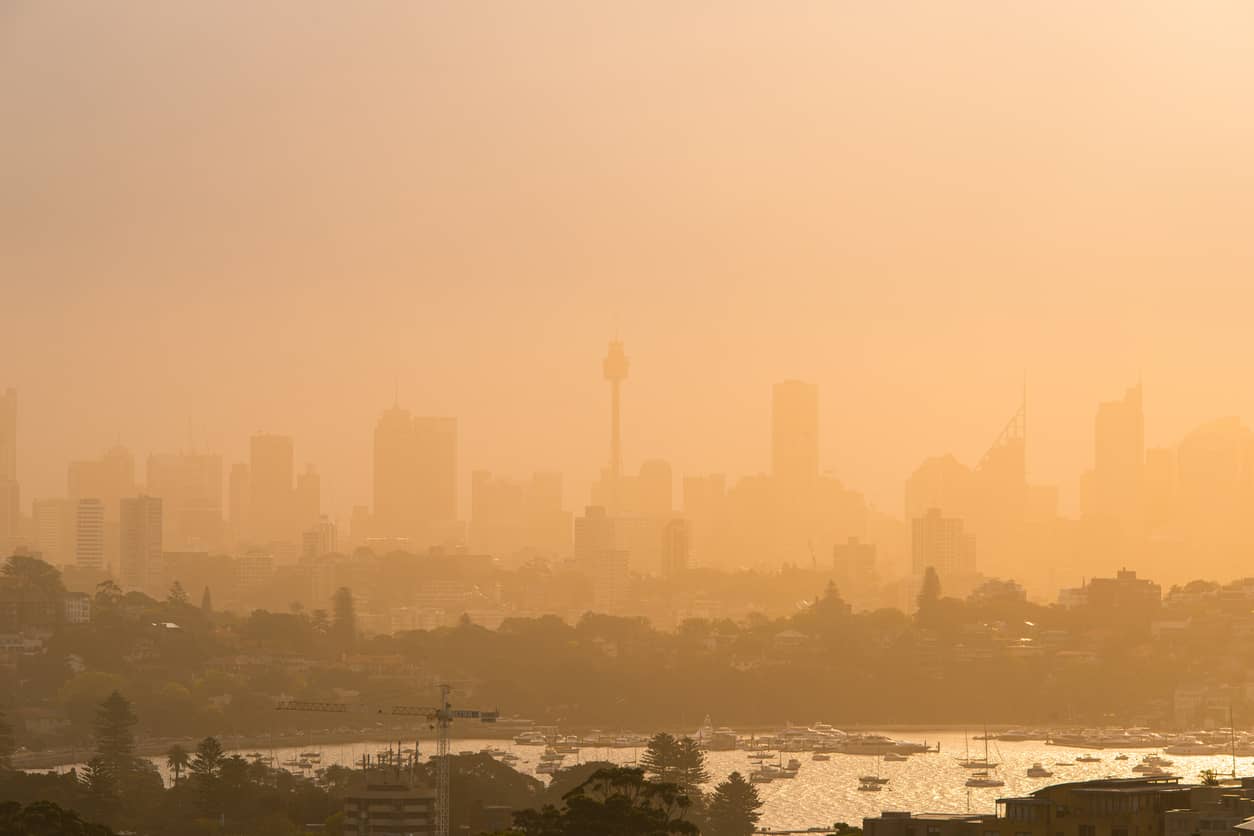Christa Bayer, Acting CEO of Lung Foundation Australia, has underlined the significance of safeguarding well-being, especially for individuals living with lung conditions, amid exposure to smoke. She noted that smoke from bushfires releases a blend of fine particles and toxic gases into the air. This includes PM2.5 particles that can penetrate deep into the lungs, enter the bloodstream, and spread throughout the body.
In the short term, inhaling these particles can exacerbate existing health problems. Including impair lung function, and elevate hospitalisation and mortality rates. It is vital to recognise that there is no safe threshold for air pollution.
Furthermore, prolonged exposure to these particles can lead to severe health issues, such as:
- lung cancer
- pneumonia
- Chronic Obstructive Pulmonary Disease (COPD)
- heart disease
- stroke
- aggravated asthma
- respiratory conditions
- even links to diabetes, adverse pregnancy outcomes, and neurological diseases.
Ms. Bayer highlighted that individuals with heart disease, heart failure, or a history of stroke are also at considerable risk when exposed to poor air quality.
For individuals grappling with lung-related health concerns, it is imperative to collaborate with a healthcare professional to formulate a comprehensive plan for swiftly detecting and addressing any deterioration in symptoms. This plan should include strategies for identifying and accessing cleaner air spaces. Measures to improve indoor air quality, such as sealing doors and windows to minimise external air infiltration or employing air purifiers equipped with HEPA filters, can be beneficial.
In areas severely affected by smoke haze, residents are encouraged to:
- Minimise Outdoor Physical Activity: Consider indoor activities as a safer alternative.
- Prioritise Rest: Rest more frequently to conserve energy and reduce strain on the respiratory system.
- Seal Windows and Doors: Keep windows and doors closed to limit the intrusion of external air into your living space.
- Adapt Air Conditioning: If available, switch your air conditioner to recycle or recirculate mode to prevent drawing in outdoor air.
- Follow Medical Guidance: Comply with the action plan and treatment regimen advised by your healthcare provider, ensuring that essential medications are readily accessible.
- Check Medication Supplies: Verify the expiry dates and availability of commonly used medicines.
- Prepare for Emergencies: Have an emergency plan in place for potential evacuations or disruptions to essential services, such as power outages, during bushfires.
By following these recommendations and staying vigilant, residents can better safeguard their health and well-being in the face of smoke haze challenges.







